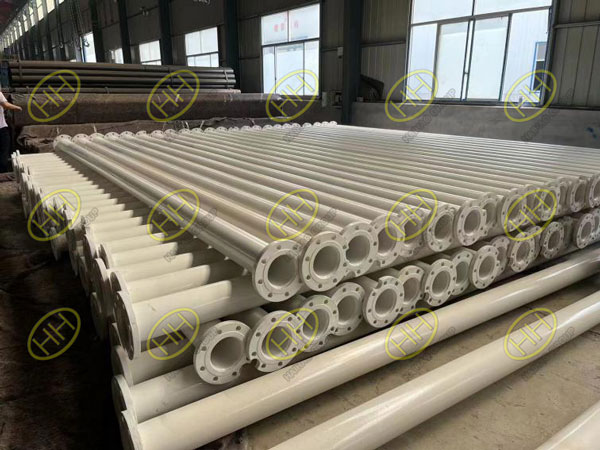Expanding possibilities in subsea pipeline construction the significance of flange connection technology
In today’s world of increasing demand for oil and gas resources, attention is turning towards the vast potential of the oceans. Approximately 44% of global offshore oil and gas resources are located in deep-sea areas below 300 meters below sea level. In line with the trend of offshore oil and gas exploration moving into deeper waters, China National Offshore Oil Corporation is constructing a 3,000-meter deepwater pipelaying vessel and aims to establish a 3,000-meter subsea pipeline laying capability during the Eleventh Five-Year Plan period. Therefore, the development of underwater automated tools holds significant practical importance.
Shallow-water subsea pipelines at depths of around 500 meters are typically connected through diver-operated methods or using underwater sealing chambers as workspaces. In contrast, the connection methods for deep-water subsea pipelines mostly rely on mechanical connections, which can be broadly classified into three types: clamp connections, coupler connections, and flange connections. Flange connections are a commonly used mechanical connection method and represent one of the pipeline reconnection methods explored in current marine research.
Focusing on flange connection technology for deep-sea pipelines, we emphasize the current development status of the associated tools and provide an overview of their working principles. This aims to contribute to the research and development of flange connection tools by offering valuable insights.
Deep-Sea Pipeline Flange Connection Technology
Overview of Underwater Flange Connection Technology:
Underwater reconnection is a critical aspect of deep-sea pipeline laying. It refers to the integration of newly developed production pipelines into existing pipeline networks, utilizing the infrastructure already in place. This maximizes the economic efficiency of marginal oil field development. The key aspects of underwater reconnection include platform-to-pipeline connection, pipeline-to-network connection, pipeline-to-riser connection, and pipeline-to-pipeline connection.
Deep-sea pipeline flange connection technology falls within the realm of underwater reconnection. It involves connecting subsea pipelines using flange bolts to achieve pipeline laying. The specialized machinery used for deep-sea pipeline flange connections is known as deep-sea pipeline flange connection tools. These tools facilitate the final step of the reconnection process by enabling flange connections underwater. They can also be utilized for underwater maintenance, catering to the operational requirements of various sea areas and different water depths. However, the design of deep-sea pipeline flange connection tools poses significant challenges due to the inability of divers to directly carry out construction activities in deep-water environments. Operations can only be performed with the assistance of remotely operated underwater robots (ROVs). Moreover, the deep-sea environment presents high hydrostatic pressures, corrosion, and other unique characteristics, further complicating the design of deep-sea pipeline flange connection tools. The development of remote-controlled flange connection tools would greatly enhance China’s technical capabilities in underwater reconnection.
Haihao Group recognizes the importance of this advancement and is committed to pushing the boundaries of subsea pipeline construction. With our expertise in manufacturing and engineering, we are dedicated to developing innovative flange connection solutions that address the challenges posed by deep-sea environments. By incorporating advanced technologies, such as remote control and precise underwater maneuverability, our flange connection tools aim to enhance the efficiency, safety, and reliability of deep-sea pipeline reconnections.
In collaboration with industry partners and research institutions, Haihao Group is actively involved in the research and development of deep-sea pipeline flange connection tools. Our goal is to contribute to the advancement of underwater construction technologies and promote sustainable development in the offshore oil and gas industry. Together, let us explore the depths and unlock the vast potential of the underwater world.


